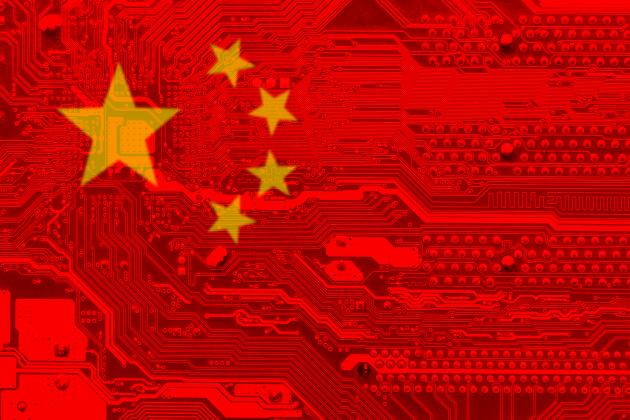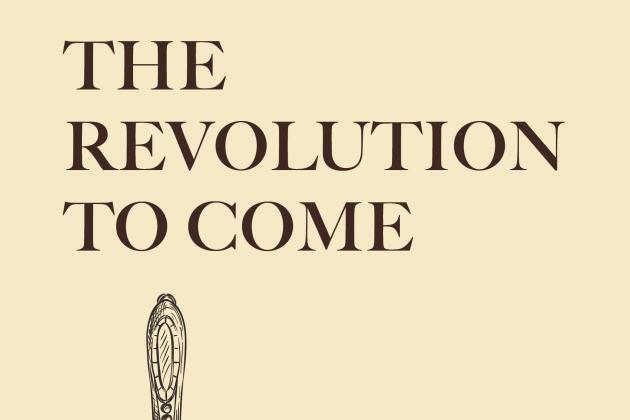
The Hoover Institution held a conversation on What is the Role of Future International Collaboration: Risks and Opportunities on January 22, 2024 from 11:00 AM - 12:30 PM PT.
Dr. Thomas Mason addressed aspects of research openness and the daily need to protect the information that is critically important to universities, National Labs, the federal government, and the private sector. The conversation was followed by a 30 minute Q&A.
As a national security science laboratory Los Alamos National Lab has worked to strike the right balance between openness of research and protection of information for over eighty years. The talk addressed the historic importance of open international collaboration in fostering rapid innovation with economic and national security benefits while still recognizing the need to manage the risks that come with international engagement.

SPEAKER

Thomas Mason is the President and CEO of Triad National Security, LLC (Triad) and serves as the Director of Los Alamos National Laboratory. Most recently he was the Senior Vice President for Global Laboratory Operations at Battelle where he had responsibility for governance and strategy across the six National Laboratories that Battelle manages or co-manages. Prior to joining Battelle, Thom worked at Oak Ridge National Laboratory (ORNL) for 19 years, including 10 years as the Laboratory Director. Under his leadership, ORNL saw significant growth in programs, new facilities, and hiring while achieving record low safety incident rates. Before becoming Laboratory Director, he was Associate Laboratory Director (ALD) for Neutron Sciences, ALD for the Spallation Neutron Source (SNS), and Director of the Experimental Facilities Division. During his time in Oak Ridge, Thom was active in the community serving as Chair of the Oak Ridge Public Schools Education Foundation as well as Innovation Valley, the Knoxville-Oak Ridge area regional economic development organization. He moved to ORNL from the University of Toronto where he was a faculty member in the Department of Physics and previously worked as a Senior Scientist at Risø National Laboratory and a Postdoc at AT&T Bell Laboratories. For the past 30 years, he has been involved in the design and construction of scientific instrumentation and facilities and the application of nuclear, computing, and materials sciences to solve important challenges in energy and national security. Thom has a Ph.D. in Experimental Condensed Matter Physics from McMaster University and a BSc in Physics from Dalhousie University.
INTRODUCTORY REMARKS BY

Norbert Holtkamp is a Science Fellow at the Hoover Institution. Holtkamp is also a professor of particle physics and astrophysics and of photon science at SLAC National Accelerator Laboratory at Stanford University
BACKGROUND
International collaborations and research openness have been enormously beneficial to the United States supporting rapid advances of world leading Science & Technology in our country. They brought a large group of incredibly talented people from around the world to come work with US science and technology industry. In the end, many of them stayed which provided a pipeline for innovation and business growth helping to maintain a standard of “world leading.” The simple fact that others successfully try to copy the process should encourage the US to continue. In a changing world though where the standards of research openness are not shared anymore, managing the risks better than in the past becomes essential.
Research openness and specifically international collaboration with friends and opponents always carries the risk of unwanted release of information. Industrial espionage in the private sector does have negative economic impact, can threaten national security, or lose competitive advantages. Over the past few years, there has been a significant rise in the systematic collection of intellectual property on a broad scale within the domains of private, public, and national security sectors. This development has had a profound impact on the global research community. Research openness is commonly understood and shared by much of the World’s science community and led by the US, for long was captured in a quite simple National Security Decision Directive (NSDD-189). Essentially: “It’s open until it’s classified”. While NSDD-189 wasn’t abandoned officially yet, effectively it has been in many instances. New definitions “CUI = Confidential but Unclassified Information,” central control of international collaboration agreements, top down managed travel restrictions of “going to” or “inviting in”, strictly enforced Conflict of Interest agreements are all existing elements in a new world that grapples with the balance between openness and benefit from it versus risk of losing.
The US needs a pipeline of trained engineers, scientists, and entrepreneurs. Without inviting a substantial foreign national contingent into our schools and universities from which many will typically stay, it is not clear that US demographics would even allow the US alone to fill this pipeline. Whether it is the academic or private sector: it is essential to understand in more detail how international collaboration provided and can provide in the future economic benefit, intelligence insight, faster scientific discoveries, and sometimes even aiding diplomatic efforts and continue to bring the best and brightest innovators to the US.
As part of the project, each of these elements (faster scientific advance – economic benefit – intelligence & insight – demographics & talent recruiting) will be addressed.


















